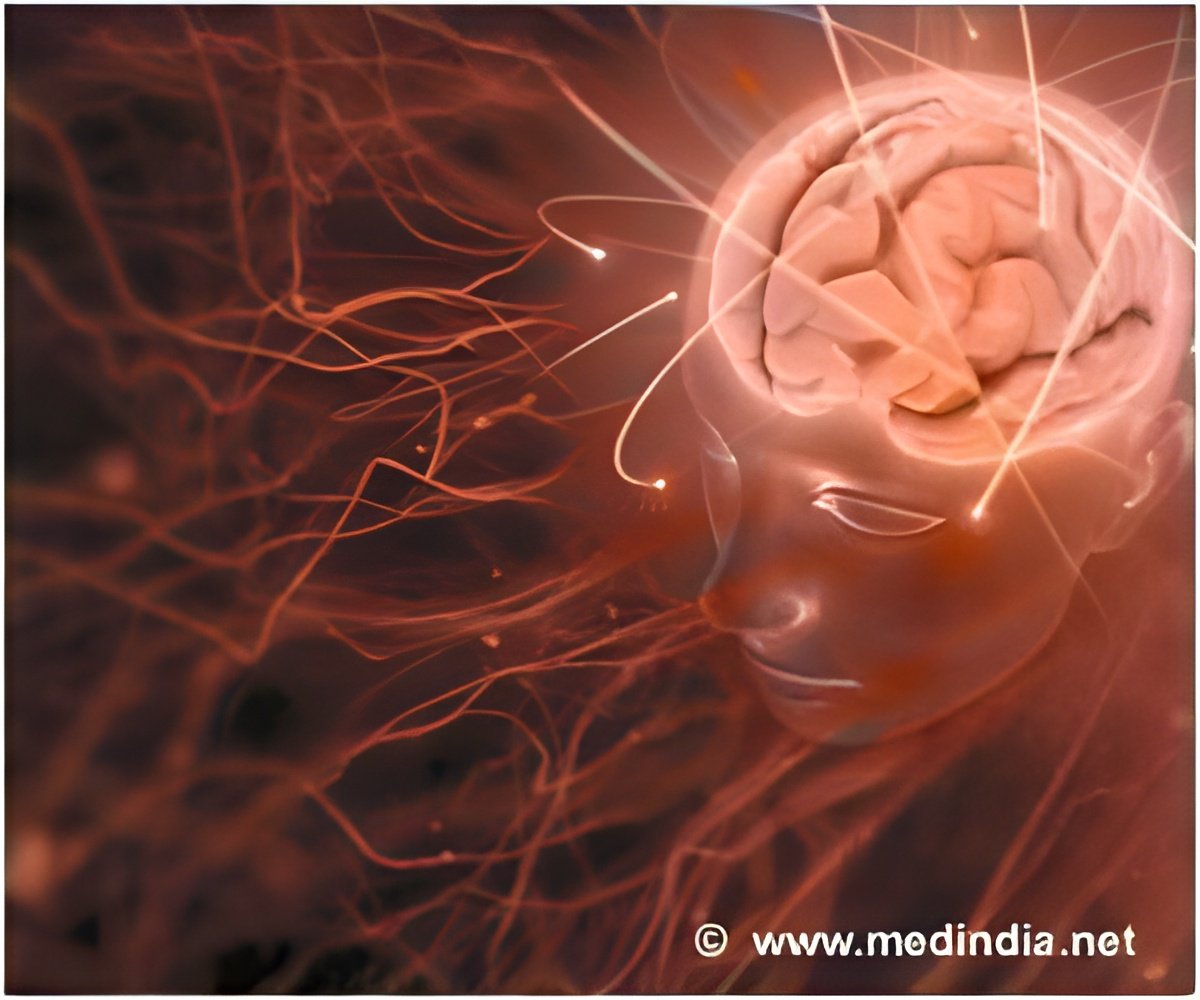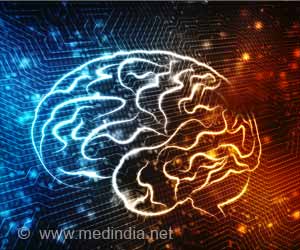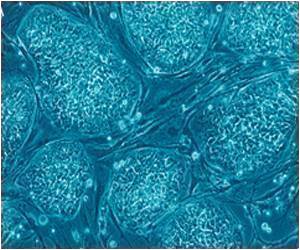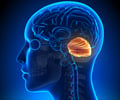
‘Stem cells can be guided by drug called SDV1a which targets CXCL12 which is an inflammatory molecule, to reach the target organ for the treatment of neurodegenerative disorders like ALS, spinal cord injury, stroke.’
Read More..Tweet it Now
Evan Y. Synder M.D, PhD, professor and director of the Center Stem Cells and Regenerative Medicine at the Sanford Burnham Prebys who is also the senior author of the study said that,“The ability to instruct a stem cell where to go in the body or to a particular region of a given organ is the Holy Grail for regenerative medicine. Now, for the first time ever, we can direct a stem cell to a desired location and focus its therapeutic impact.”Read More..
Stem cells are drawn towards inflammation. Inflammation is a biological process that signals to the body that damage has occurred. If inflammation persists for a long time then it can be harmful for the body hence using inflammation as a guide for stem cells is not practical.
Hence scientists are now on a hunt for a new drug which can help the stem cell reach the desired site in the body. In disorders like chronic spinal injury or stroke, the initial inflammatory signals fade over a course of time and in conditions in which the role of inflammation is not clearly understood like heart disease this drug would prove useful.
Maria T. Millan, M.D., president and CEO of the California Institute for Regenerative Medicine (CIRM), whose organization partially funded this research said,“Thanks to decades of investment in stem cell science, we are making tremendous progress in our understanding of how these cells work and how they can be harnessed to help reverse injury or disease. This drug could help speed the development of stem cell treatments for spinal cord injury, Alzheimer’s, heart disease and many other conditions for which no effective treatment exists.”
The drug
Advertisement
Synder said,“Since inflammation can be dangerous, we modified CXCL12 by stripping away the risky bit and maximizing the good bit. Now we have a drug that draws stem cells to a region of pathology, but without creating or worsening unwanted inflammation.”
Advertisement
Testing Efficacy
To prove the efficacy of the drug, the researchers implanted the drug SDV1a and human neural stem cells into the brain of mice with a neurodegenerative disease called Sandhoff disease. On analysis it was found that the drug SDV1a helped the neural stem cells migrate and show healing functions like extending lifespan, delaying symptom onset and preserving motor function for a much longer duration than in the mice that did not receive the drug.
The most important feature was that inflammation was not initiated and preexisting inflammation was suppressed by stem cells.
ALS (amyotrophic lateral sclerosis) also known as Lou Gehrig’s disease is disease which is characterized by progressive loss of motor neurons in the brain. The researchers have begun testing the drug SDV1a’s ability to improve stem cell therapy in a mouse model of ALS.
Earlier studies which were conducted by Synder’s team show that by increasing the spread of neural stem cells helps the motor neurons to survive. The researchers are hopeful that by strategically placing the drug SDV1a in the brain they will be able to expand the area covered by neuroprotective stem cells and this will slow the onset and progression of the disease.
Synder said, “We are optimistic that this drug’s mechanism of action may potentially benefit a variety of neurodegenerative disorders, as well as non-neurological conditions such as heart disease, arthritis and even brain cancer. Interestingly, because CXCL12 and its receptor are implicated in the cytokine storm that characterizes severe COVID-19, some of our insights into how to selectively inhibit inflammation without suppressing other normal processes may be useful in that arena as well.”
Source-Medindia















